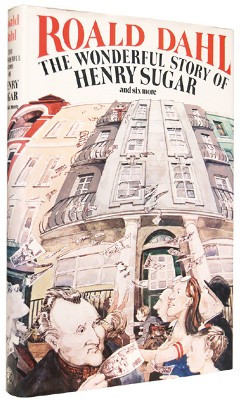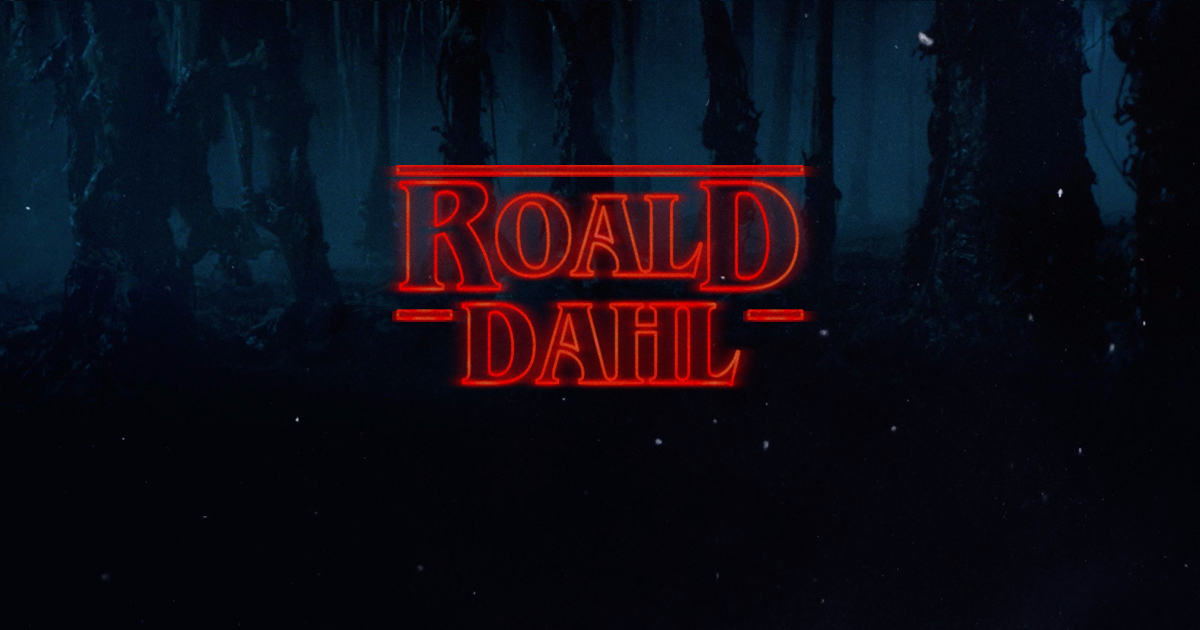By Benjamin L. Clark
The Library Book by Susan Orlean — This book was on some great end-of-year lists last year and for good reason. I had it on my shelf for a while waiting for “someday,” and, well, someday came. It’s an amazing book. Is it very, very long-form journalism, is it popular history? A twist on True Crime? Where does that line even exist? It doesn’t matter. Deeply, passionately researched, this is a love story. Not simply to the beautiful Central Library in downtown Los Angeles, but to libraries everywhere, to the librarians who made and make them what they are, and most of all to the libraries of our hearts.
Burning the Library
The story of the 1986 fire that became one of the largest single-event losses of print culture in human history is the burning hoop that keeps this story together, fueled by the clear-eyed curiosity of Susan Orlean. Orlean is present in the story, but with so much uncertainty around the fire, and around the man who was arrested for it, her voice is the anchor readers need. Harry Peak was arrested for starting the fire, but not charged and eventually released has a slippery historical record, but a fascinating and in the end, sympathetic story. He died in 1993. Though the case remains unsolved, Orlean has done an incredible job taking the scraps and bits, talking to the right people who still remember important things, and puts it all together, not only cohesively and effectively, but in a touching and humane way.
I’ve liked the L.A. Library for a long time, too. I’ve never been there or anything, but I like the architect who designed it, Bertram Goodhue. He also designed the capitol building of my home state of Nebraska. He is an interesting person as well, and his role isn’t ignored either.
What Didn’t I Like?
Nothing. It was an incredible story well told. I’m sure Orlean could have filled four thick volumes of footnotes for all of it, but didn’t need to. I can see some readers may not see the point of going back to the L.A. Public Library’s very genesis, and down through the years along the way, but I found it fascinating! There are several other people who should have a lot more written about them! What we got was not enough! I kept hopping over to Wikipedia to look up more about individuals mentioned, looking for other connections.
Reading Such A Book “In Times Like These”
“Under our current circumstances,” “in these unprecedented times,” whatever your preferred euphemism for sheltering at home during a novel virus pandemic that has already taken 300,000 lives worldwide, it’s a strange time to review a book at all. Especially one about a disaster. But I found this book to be strangely calming. Orlean brings order from an avalanche of charred, damp, broken bits. I also miss my local library. Also, as curator of a museum, I couldn’t help but feel encouraged — we’re going to be OK too.
The book was also a balm for how open-ended our “current circumstances” are. The library fire burned for several hours, but the destruction and unanswered questions lasted for years. I can’t imagine working in the conditions the people there endured for so long. Would the library be rebuilt? Would the institution even survive? Could the city even afford to rebuild if there was political will to do so? Spoiler alert: In the end, the library was restored, expanded, and is thriving.
Who Should Read It?
Bibliophiles of any stripe, anyone interested in the history of Los Angeles. Creative people, people pushing nostalgia for the 1980s. People facing disasters. Survivors. Culture vultures, architecture nerds, the bookish, the lonely, the weird kids. Friends of the Library, Museum, Symphony, Theater, whatever. It’s a great book and you should read it too.
About the Author: Benjamin L. Clark writes and works as a museum curator.





 Historical Fiction for the Historian
Historical Fiction for the Historian







